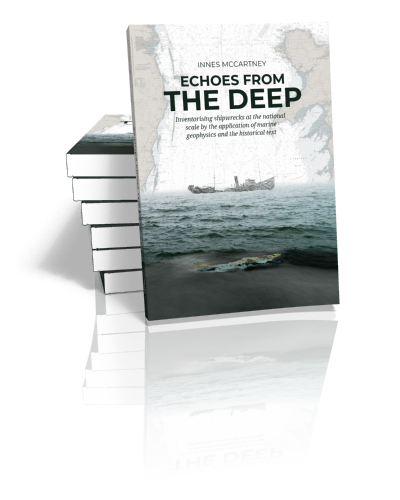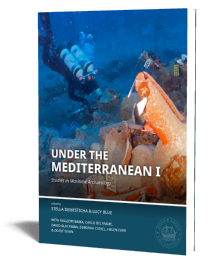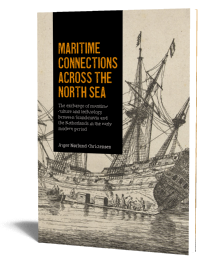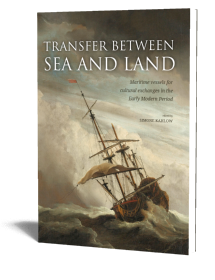Abstract:
In a process analogous with the impact of aerial photography on landscape archaeology, marine geophysics is locating the remains of thousands of shipwrecks across the seabed of the globe. This research project set out to establish whether all of the shipwrecks in a given geographic region could be identified by name through the mutual study of the 3D models of the shipwrecks, alongside the historic text of shipping losses in the same area.
All of the 273 shipwrecks in a 7,500sqm study area in the Irish Sea were surveyed using multibeam echosounder. The methodologies subsequently developed to identify the wrecks enabled names to be given to 80% of the unknown ships, verified by their dimensions, their geographic position, and archival descriptions of the sinking of each ship. In all 87% of the ships in the study are now identified.
In historic terms, the newly identified wrecks included myriad vessels from trawlers, cargo vessels, submarines, through to the largest ocean liners and tankers. They include rare ship designs, losses of national importance, and naval graves. Several of the wrecks uncovered have potential environmental concerns. The accurate dating of so many wrecks in one area has a major impact on the study of seabed dynamics and site formation processes, creating better models for the placement of windfarms and tidal generators.
This research is important because the seabed of the world is being increasingly mapped in detail, and shipwrecks are being located in large numbers. This research developed a low-cost means of inventorising shipwreck datasets across entire national zones without costly physical interaction with each wreck site. It should be of key interest to marine scientists, environmental agencies, hydrographers, heritage managers, maritime archaeologists, and historians around the world.
Contents
List of Figures
Glossary
Preface
1. Introduction: Echoes from the Deep
2. Researching and databasing the historical text
3. The Research Phase 1: Establishing the extent of the unknown shipwrecks
4. The Research Phase 2: Identifying the unknown shipwrecks
5. Conclusions, impact & significance
Appendix 1: Summary of results of all 273 shipwrecks featured in the research
Appendix 2: Datasheets of the 129 shipwrecks identified during Phase 2 of the research
Bibliography
Index


Dr.
Innes McCartney
Innes McCartney is a nautical archaeologist specialising in the interaction of shipwreck archaeology with the historical record. He discovered many ship wrecks over the course of his career, including: the 12-inch-gunned submarine HMS M1 off Start Point in the English Channel; the mystery World War I U-boat off Trevose Head, Cornwall as UB-65; the German auxiliary raider HSK Komet in the English Channel; the White Star Line transport SS Armenian off the Scilly Isles.
read more












